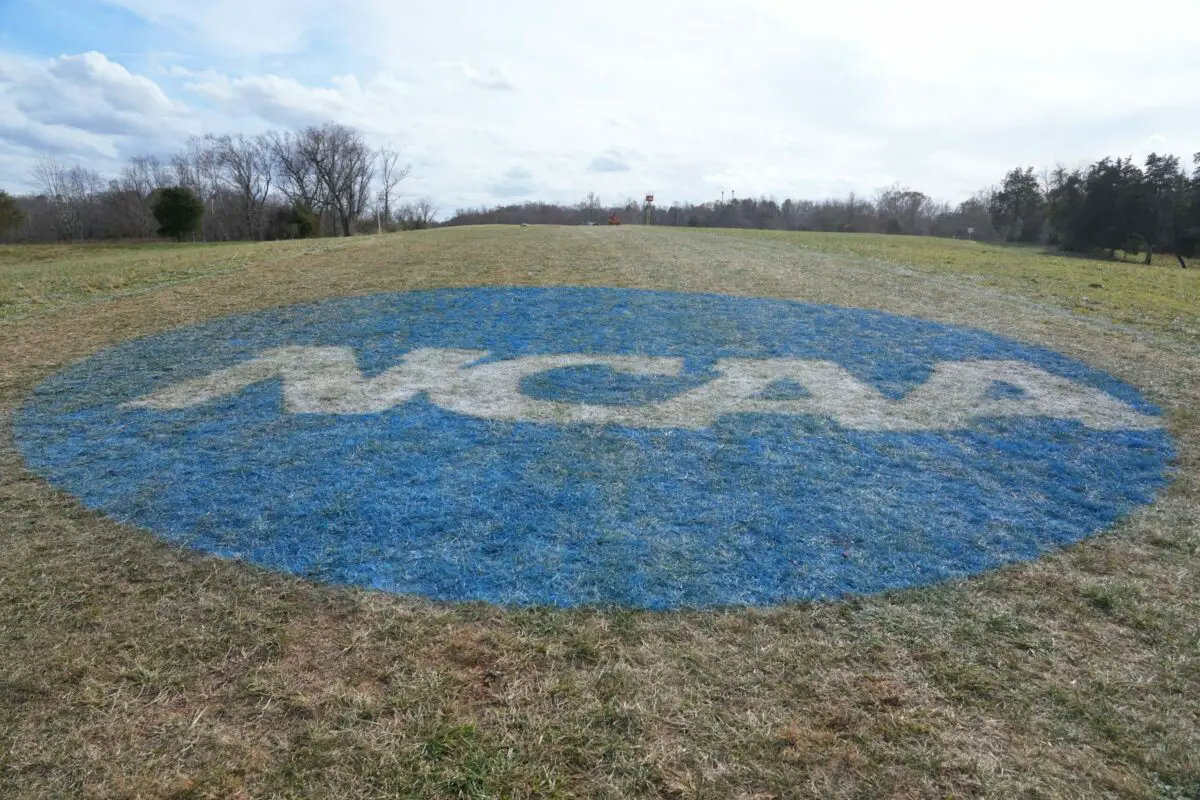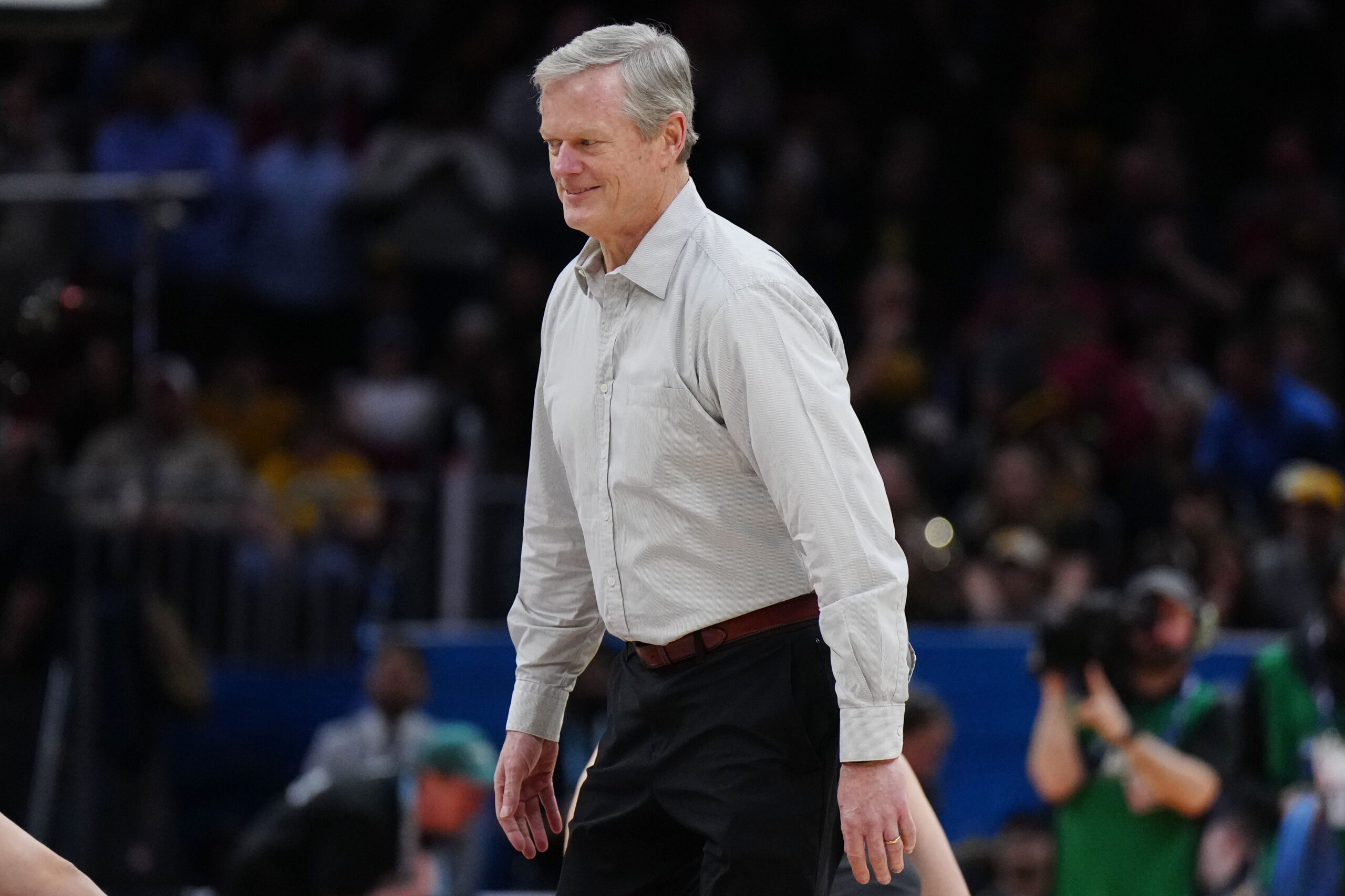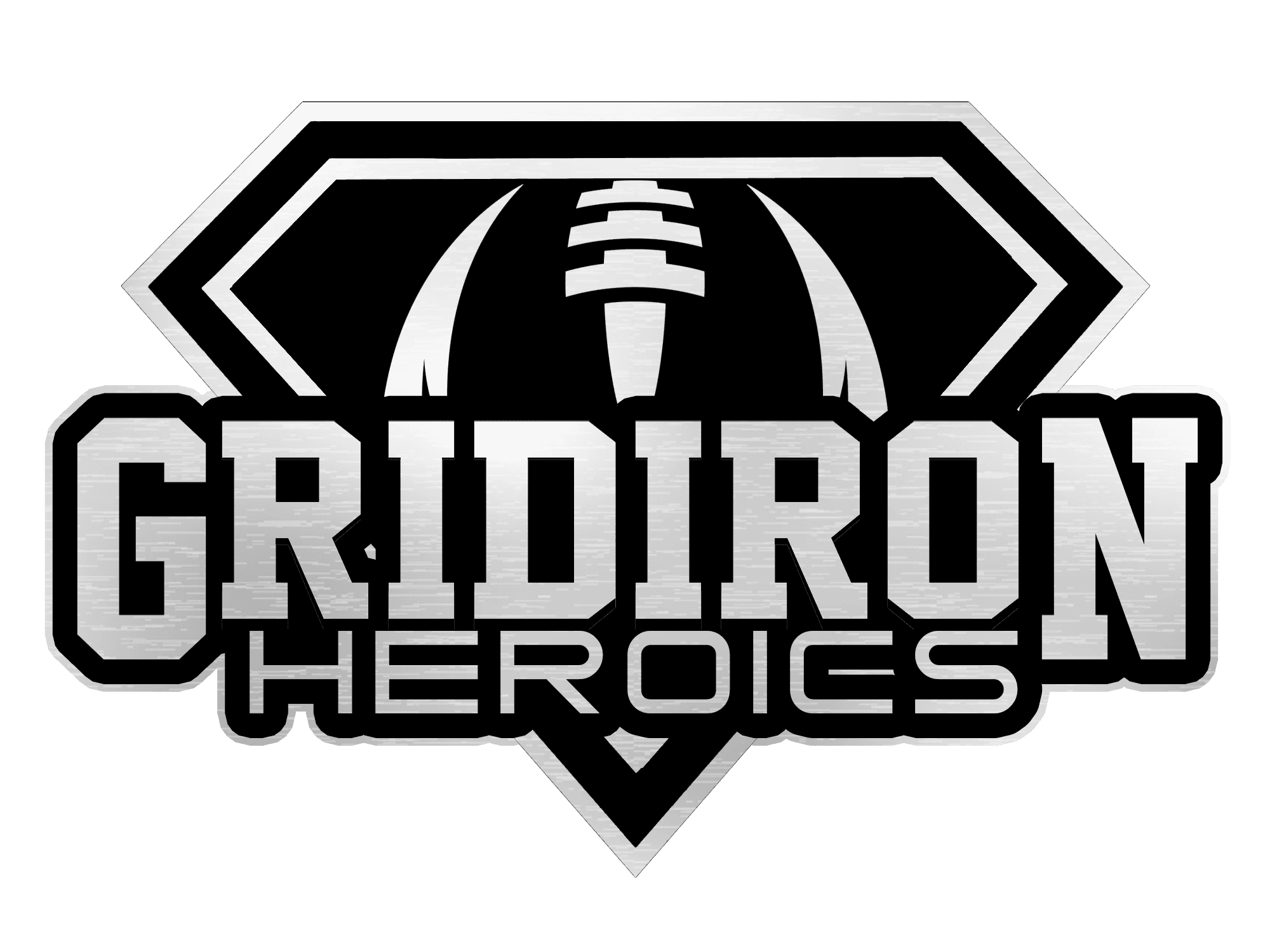There could be huge changes coming to college football and athletics in general in the next few years after the Big 12 became the first conference to sign in agreement to the $2.7 billion dollar lawsuit against the NCAA.
On Tuesday Big 12 presidents voted unanimously to approve the agreement. The other four power conferences and the NCAA board of governors will likely follow suit in the next couple of days.
What Is the Lawsuit?

The lawsuit of House vs. NCAA is a lawsuit that seeks to pay back Division I athletes who were not allowed to make money on their NIL when they played prior to 2021 as well as lay out a framework for how money should and can be distributed in the future. There were some who believed that the lawsuit if not settled could end up costing the NCAA as much as $20 billion dollars.
As far as playing past players, it would allow players to be compensated for money they should have received when they played in college. Think of players like Tim Tebow, Johnny Manziel, or Jimmer Fredette who would have been able to generate millions in NIL deals when they played college football.
In addition to the $2.7 billion lawsuit, the case also would have a settlement that would allow about $20 million a year to be distributed directly from a P4 school to its athletes. This would do a few things:
- It could in a way level the playing field between the Big 10/SEC and the other power conferences. While outside NIL deals can still take place, a good player may opt to play for a different school if they can get paid more through that school.
- Amateurism in college sports would officially be over. Let’s be honest, it already is, but that would officially end it.
- There would no longer be scholarship limits. For example, if a football team has 85 scholarships but 105 players, all 105 players would now be eligible to receive financial aid through the school. The downside to this is that it could essentially eliminate walk-on players.
What Does This Mean For the NCAA?

The NCAA has a ton of money, but $2.7 billion is a lot for anyone. The NCAA is clearly continuing to lose power and control over college sports, and it feels like it the hourglass is almost empty on their time of controlling sports, particularly college football.
The NCAA no longer seems to have any control or power over NIL, the transfer portal. If there is one area that they will continue to have some say in, it is with Title IX and the rules and regulations that fall under that.
Title IX revenue sharing could get pretty difficult. On one hand, opportunity has to be equal, and from a certain point of view, revenue brought in through the sport should have no bearing on whether or not an individual athlete deserves pay. On the other hand, if schools are paying $20 per year, shouldn’t they be able to decide where that money goes, regardless of whether they are male or female athletes?
There are plenty of questions still looming of what will happen next, but what is clear is that the NCAA is in dangerous water and it has never been a better time to be a student athlete seeking money.
Get More NFL and College Football Content
Check out more of my stories, or leave a comment below! For more of the biggest storylines of College Football, the transfer portal, or the NFL, click here.


